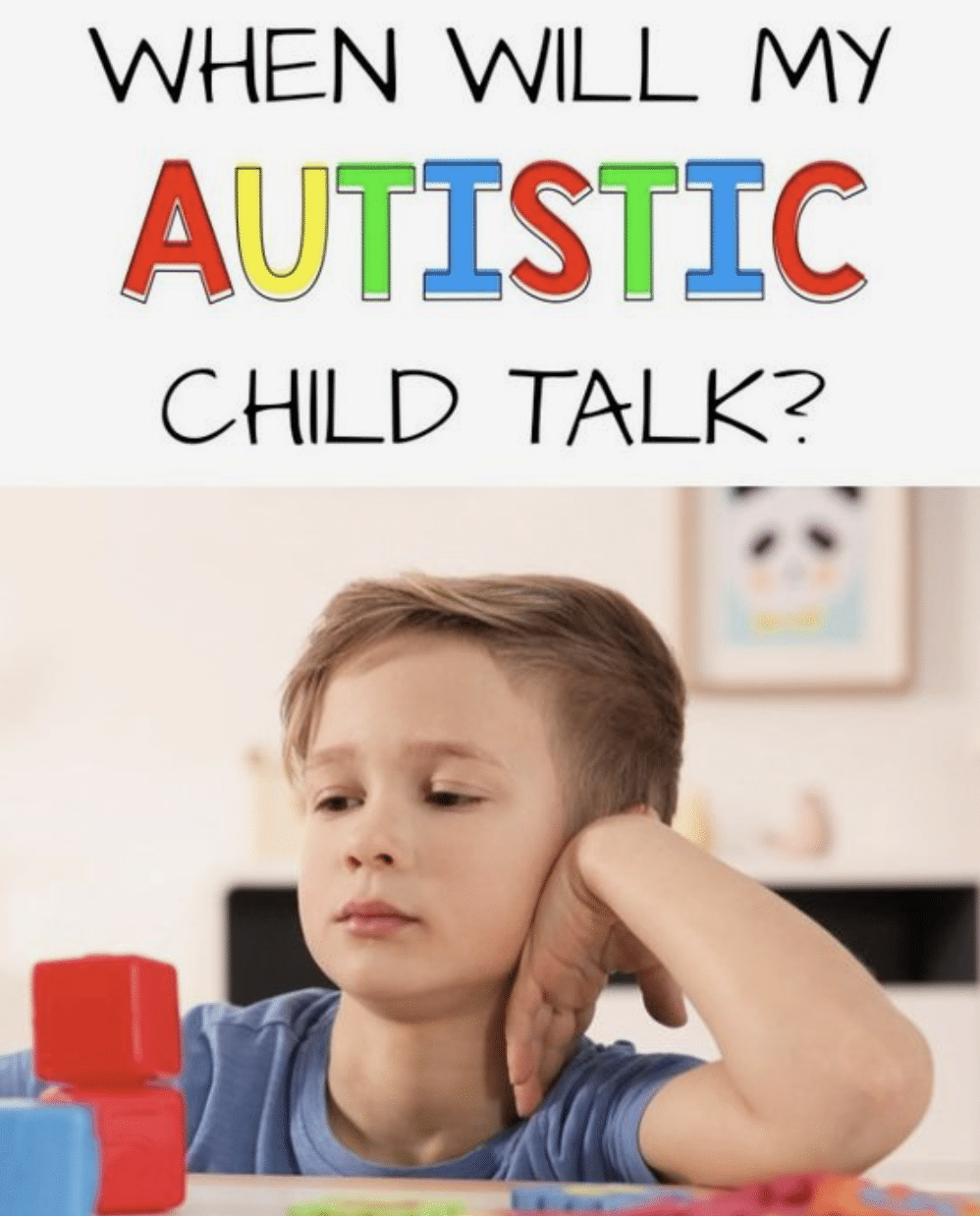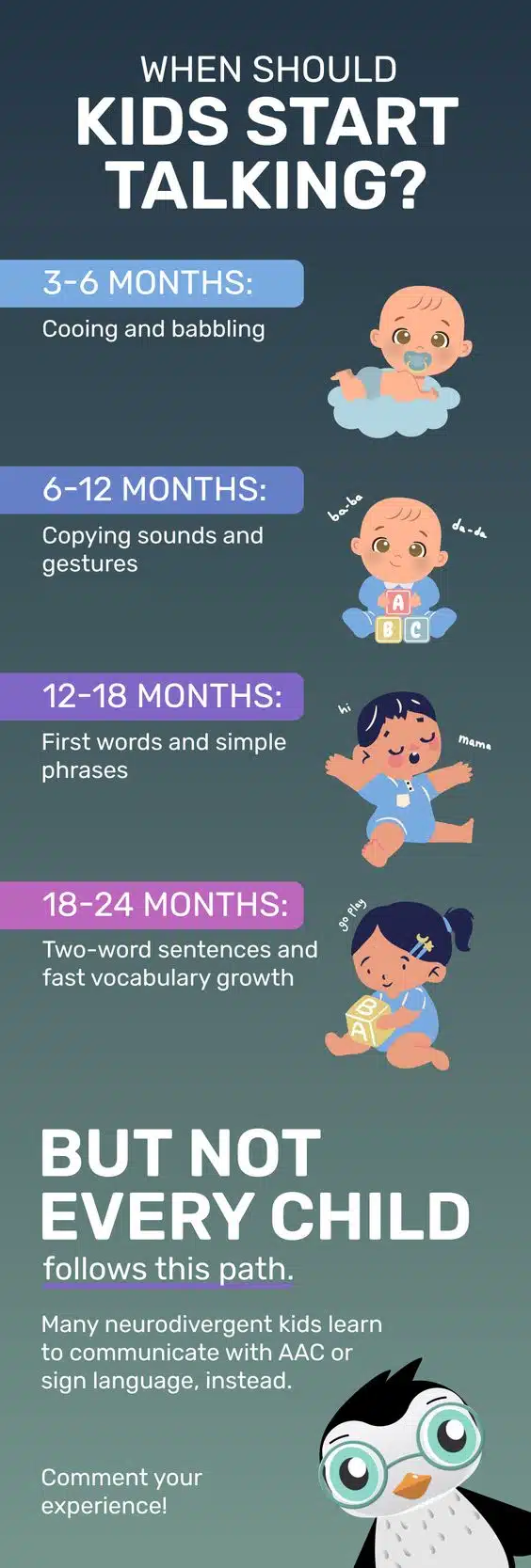Intonation is crucial for understanding how children with special needs communicate. Here’s what you need to know:
- Pitch variations: Intonation involves changes in pitch, creating a melodic pattern that conveys emotions and emphasizes words or phrases.
- Word and phrase stress: Stress patterns give weight to specific parts of speech, clarifying communication. Children with special needs may exhibit different stress patterns, affecting message comprehension.
- Rhythmic patterns: Intonation is linked to speech rhythm, and recognizing and supporting unique patterns can enhance communication skills.
- Emotional expression: Intonation allows children with limited verbal skills to express emotions like happiness, sadness, excitement, or anger.
- Social cues and comprehension: Intonation carries social cues that aid comprehension, helping interpret intentions and attitudes. Understanding intonation patterns improves interactions with children with special needs.
Recognizing and supporting the unique intonation patterns of children with special needs enhances communication skills, fosters connections, and promotes overall development. Goally, a tablet with fun apps for language and life skills development, can empower children like those with autism to thrive and reach their full potential.
This post was originally published on May 22, 2023. It was updated on July 8, 2023.











